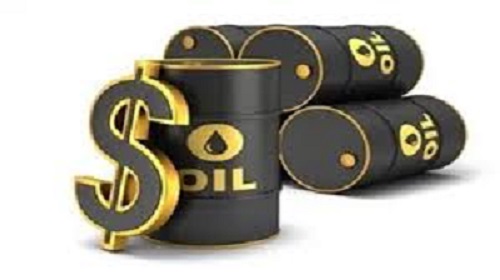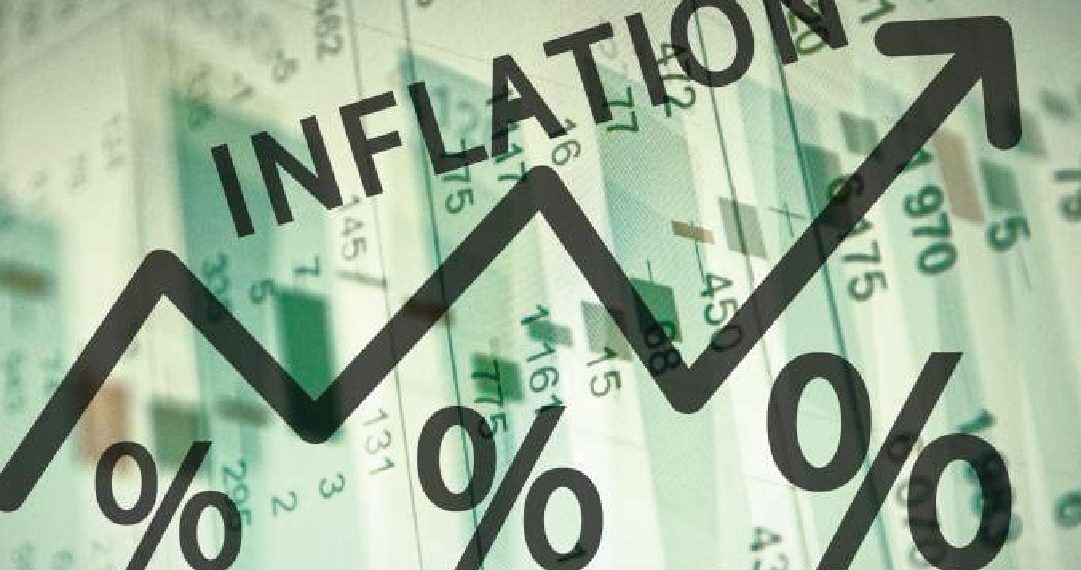- U.S.-Mexico trade agreement boosts market sentiment
- * Unite suspends planned strike on Total North Sea oil platforms
- * OPEC output edges up but remains below target
Brent crude futures fell 26 cents to settle at $75.95 a barrel. The global benchmark touched $76.97 early in the session, the highest since July 11.
U.S. West Texas Intermediate (WTI) crude futures fell 34 cents to settle at $68.53 a barrel.
Last week Brent marked a 5.6 percent gain, while WTI increased 4.3 percent.
“The market was due for a correction,” said Phillip Streible, senior market strategist at RJO Futures.
Market participants awaited industry data on U.S. oil inventories, due at 4:30 p.m. EDT (2030 GMT), that was expected to show a weekly drop in crude stocks. Official data is due on Wednesday.
Workers at Total’s North Sea oil platforms no longer plan to strike on Sept. 3, the Unite trade union said.
Boosting market sentiment was news that the United States and Mexico agreed on Monday to overhaul the North American Free Trade Agreement (NAFTA).
“It paves the way for the energy industry in both countries to coexist rather freely, and that should be good for demand,” Bob Yawger, director of futures at Mizuho in New York, said.
Canada’s top trade negotiator joins her Mexican and U.S. counterparts in Washington on Tuesday in a bid to remain part of the trilateral pact.
Prices also drew support from findings of the monitoring committee of the Organization of the Petroleum Exporting Countries, that countries including Russia participating in an output-cut deal have been steadily increasing production, but at a more modest pace than some had expected.
Investors are more confident that supply should fall short of demand in the coming months, as reflected by a narrowing in the discount, or spread, between the October and November Brent futures contracts to around 33 cents a barrel <LCOc1-LCOc2>, half of what it was a month ago.
China’s independent refiners have ramped up their foreign oil buying after returning from prolonged summer maintenance to gear up for rising winter fuel demand.
Meanwhile, Iran’s crude oil and condensate exports in August are set to drop below 70 million barrels for the first time since April 2017, well ahead of the Nov. 4 start date for a second round of U.S. economic sanctions.
“While the Iranian sanctions remain worthy of a bullish checkmark, we are not expecting any new headlines capable of swinging this factor further into the bullish column,” Jim Ritterbusch, president of Ritterbusch and Associates, said in a note.
(Reporting by Stephanie Kelly; Additional reporting by Amanda Cooper in London and Henning Gloystein in Singapore; Editing by Marguerita Choy and Lisa Shumaker)














